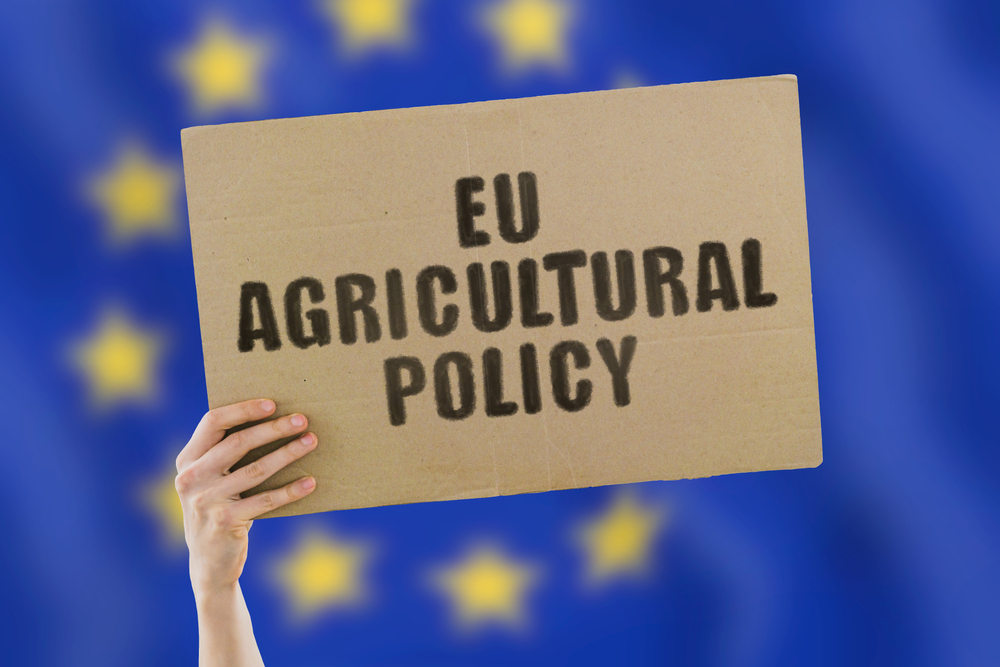The future of EU agriculture is under new scrutiny as the European Commission’s Joint Research Center (JRC) publishes Scenario 2040, a forward-looking analysis that explores how different policy choices could reshape Europe’s agricultural sector.
This study provides a data-driven investigation into how alternatives under the Common Agricultural Policy (CAP) could impact productivity, trade, employment and the environment, based on the EU Agriculture Outlook and national CAP strategic plans.
Scenario 2040 is designed to stimulate debate rather than set policy prescriptions, providing quantitative evidence to guide the debate on how to balance economic, social and environmental priorities in EU agriculture by 2040.
Four possible futures for EU agriculture
This analysis investigates four possible futures for EU agriculture using three agricultural economic models integrated within the JRC’s modeling platform. namely, a baseline “business as usual” baseline and three alternative policy scenarios: productivity and investment, environment and climate, and NoCAP.
Each scenario simulates the long-term effects of different CAP funding allocations and policy directions, revealing the trade-offs and tensions that define modern agricultural policy-making.
Productivity and investment: economic benefits, environmental costs
In the productivity and investment scenario, CAP resources are mainly directed towards improving competitiveness and innovation.
Thanks to increased efficiency and stronger trade performance, EU agricultural output is expected to increase by 2.7% by 2040, and the EU’s trade balance is expected to improve by €2.7 billion.
While consumers will benefit from a slight decline in food prices, employment across the industry will remain stable.
But these economic victories come with environmental side effects. Greenhouse gas emissions increased by 0.5% and nitrogen surplus per hectare increased by 1.4%, suggesting further pressure on ecosystems.
Environment and climate: green benefits, economic burdens
In contrast, the Environment and Climate scenario prioritizes sustainability and directs CAP support towards climate- and biodiversity-friendly measures.
The environmental benefits are significant. EU agricultural emissions fell by 1.7%, nitrogen pollution fell by 2% and crop diversity increased. The greener model also has the potential to create up to 90,000 new jobs in rural areas through environmentally focused innovation.
However, the economic tradeoffs are significant. The value of agricultural production would fall by 4%, imports would rise and the EU’s trade balance could deteriorate by €1.8 billion. Consumers will face higher food prices, reflecting more environmentally friendly production costs.
Exhaust gas leaks: a global paradox
This study highlights a major contradiction in EU agricultural policy: the problem of ’emissions leakage’.
Green policies reduce emissions within the EU, but reduced domestic production could shift production to countries with less carbon-efficient systems, increasing global emissions.
Conversely, a productivity-focused approach could reduce global agricultural emissions by displacing less sustainable competitors abroad, albeit slightly increasing EU emissions.
This complexity highlights the global interdependence of agricultural systems and the need for a coherent international climate strategy.
NoCAP Scenario: A warning for policymakers
To test the resilience of EU agriculture without policy support, the JRC simulated a “NoCAP” scenario. This is a purely theoretical exercise, as abolishing the CAP would violate the EU treaties.
These results highlight a difficult situation. Farm income will fall by 11%, with the smallest farms potentially losing up to 21%.
EU agricultural output will fall by 5%, food prices will rise and 250,000 jobs will be cut from the agri-food sector.
The social consequences will be particularly severe for vulnerable households facing rising food costs.
Additionally, the impact of emissions leakages could once again increase global agricultural greenhouse gases as production shifts to less efficient regions.
Balancing competing priorities
The Scenario 2040 study makes one message clear: there is no one-size-fits-all path to the future of EU agriculture. Productivity, environmental sustainability and food security are intertwined and often contradictory.
Rather than endorsing a single approach, the JRC calls for a nuanced, evidence-based CAP that balances economic resilience, social cohesion, and ecological responsibility.
As the EU moves forward in its next agricultural reform cycle, these findings provide an important reminder that the future of European agriculture depends on striking the right balance between growth and the green transition, both domestically and internationally.
Source link

